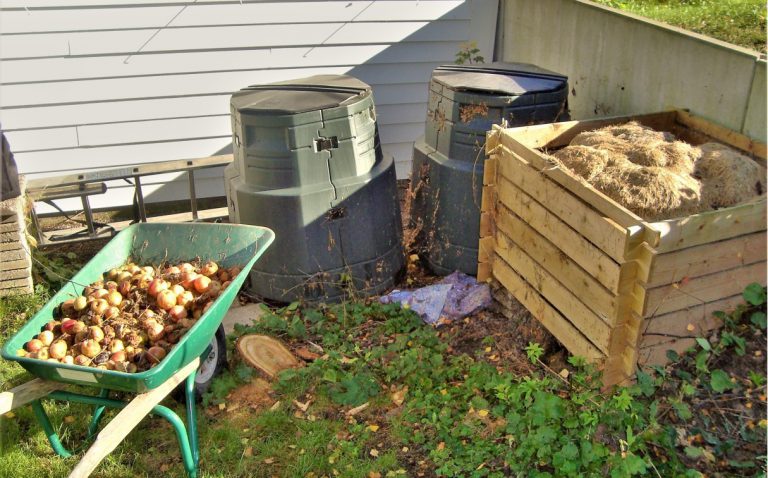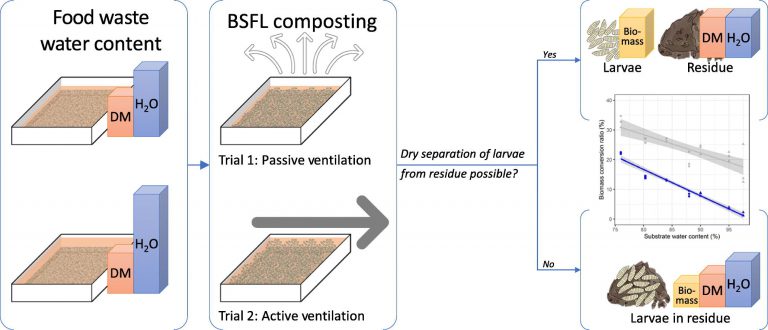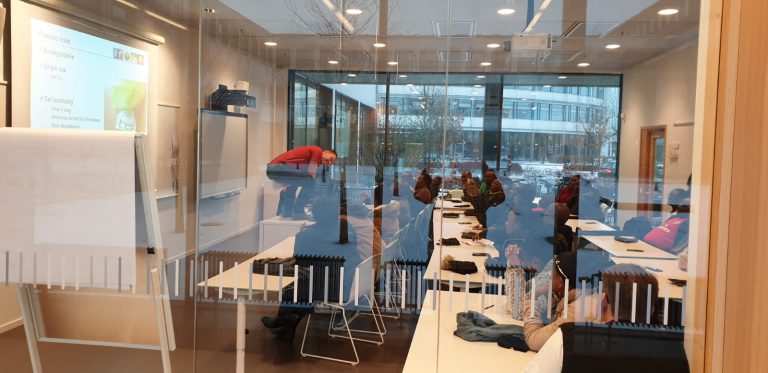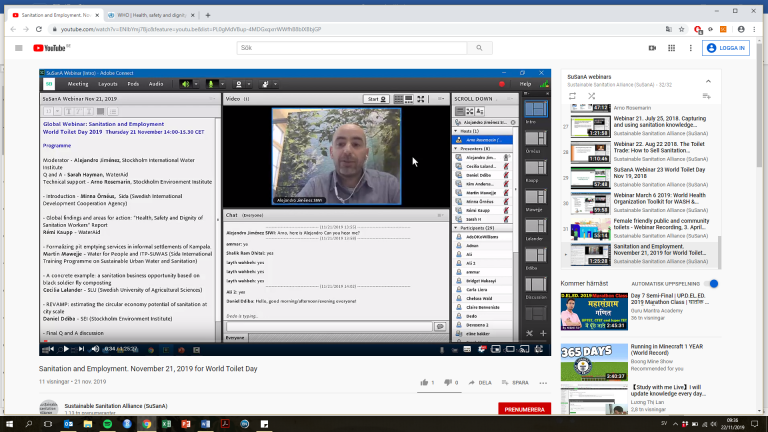
The partnership between the Environmental Engineering Group at SLU and Dr. Ivã Guidini Lopes from the Aquaculture Center of Unesp (São Paulo, Brazil) resulted in a second publication, entitled “Reduction of bacteria in relation to feeding regimes when treating aquaculture waste in fly larvae composting”, recently published in Frontiers in Microbiology, as part of the research topic “Microbial dynamics during industrial rearing and processing of insects”.








